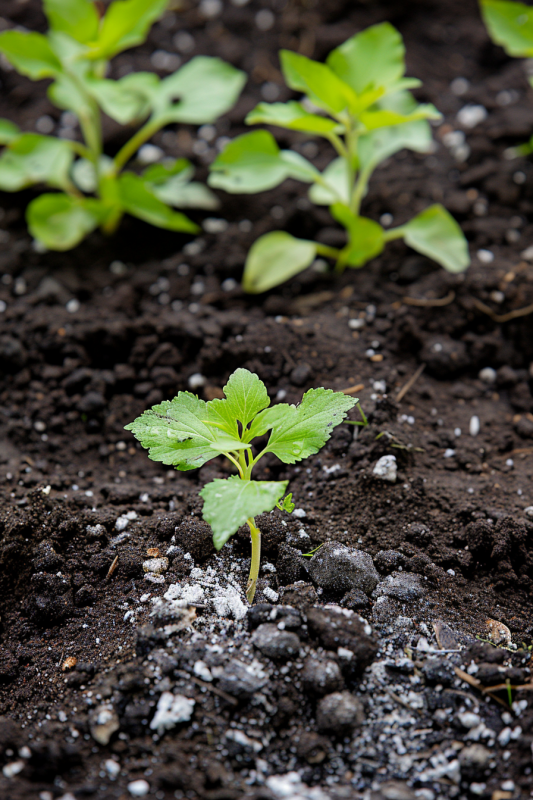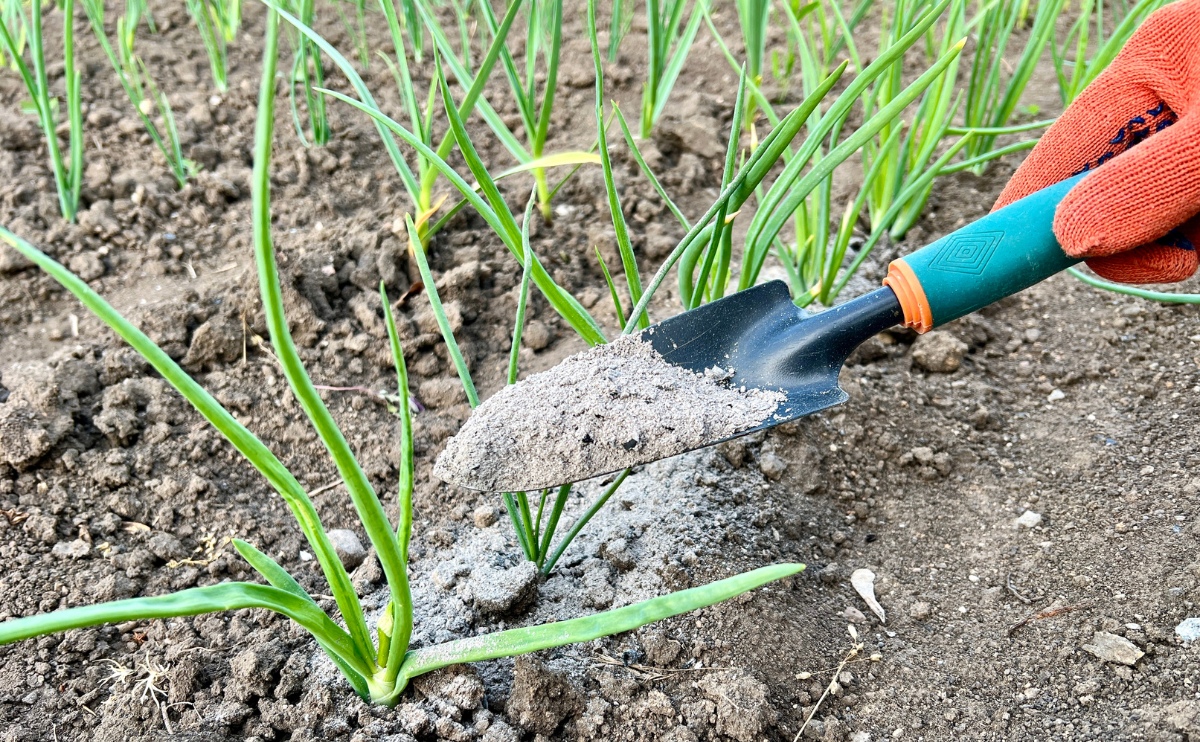Gardening enthusiasts are always on the lookout for natural, cost-effective ways to enhance the growth and health of their plants. One such hidden gem that could transform your gardening practices is wood ash. Yes, the residual ash from your wood-burning fireplace or stove can be an invaluable resource for your garden. Here’s why and how you can utilize wood ash to protect and nourish your plants.
What is Wood Ash?
Wood ash is the powdery residue left after the combustion of wood. It consists largely of calcium carbonate, a neutralizing agent that can benefit the soil, along with other minerals like potassium, phosphorus, and magnesium that are essential for plant health. The specific content of wood ash can vary depending on the type of wood burnt, but generally, it’s rich in nutrients that plants crave.

Benefits of Wood Ash in Gardening
Natural Pest Repellent
Wood ash has been traditionally used as a natural method to deter pests. When sprinkled around the base of your plants, the powdery substance helps keep away slugs, snails, and some surface-feeding insects. This is because the ash creates a desiccating or drying environment that these pests avoid.
Soil Amendment
Adding wood ash to your garden can have a liming effect, due to its alkaline nature. It can help to raise the soil pH, making it more suitable for plants that do not thrive in acidic soils. However, it’s essential to test your soil’s pH before applying wood ash, as excessive use can lead to overly alkaline conditions that might hinder plant growth.
Rich Source of Potassium
Potassium is crucial for plants’ overall vigor, helping with photosynthesis, nutrient absorption, and resistance to diseases. Wood ash is an excellent source of potassium. Mixing wood ash with water to create a potent liquid fertilizer (often called “potash”) can be an effective way to provide this essential nutrient directly to your plants’ roots.

Enhanced Fruit and Flower Production
Potassium helps in the development of fruits and flowers; hence, wood ash can be particularly beneficial for your flowering plants and fruit trees. Regular application according to soil needs can enhance the color, quantity, and quality of the blooms and fruits.
How to Use Wood Ash in the Garden
- Pest Control: Lightly sprinkle wood ash directly around the stems of plants to create a barrier against pests. Avoid using too much as it can change the pH of the soil significantly.
- Soil Amendment: To increase soil pH, evenly spread wood ash over your garden in the fall or winter and till it into the soil. This gives time for the ash to integrate and neutralize the soil acidity by spring planting.
- Potash Fertilizer: Mix a handful of wood ash into a bucket of water and let it sit for a few days. Use this ash-infused water to nourish plants that benefit from potassium.
- Compost Enhancer: Add ash to your compost bin to boost its nutrient content. This helps speed up the decomposition process and enriches the compost with potassium and trace elements.
While wood ash can be beneficial, it’s important to use it wisely:
- – Never use ash from treated or painted wood, as it can contain harmful chemicals.
- – Avoid using wood ash if your soil is already alkaline.
- – Use sparingly around young, tender plants as it can be abrasive and potentially harmful in high concentrations.
- Wood ash is a versatile, natural product that offers several benefits for gardeners looking to improve their soil health and plant vitality. By understanding how to use it correctly, you can enhance your garden’s productivity and sustainability. So next time you clean out your fireplace, think twice before discarding that ash; it could be just what your garden needs!
Detailed Guides for Planting Vegetables, Herbs, Greens & Lettuce, Peppers, and Wildflowers in Your Garden:
At FarmerValley we offer detailed guides for planting vegetables, herbs, greens & lettuce, peppers, and wildflowers. These guides provide step-by-step instructions for planting and caring for your plants, as well as tips for getting the best results. Check our growing guides and plant your non-GMO garden with confidence.
Planting non-GMO seeds is a great way to enjoy fresh and healthy vegetables and herbs while also knowing that you’re avoiding harmful additives. With these essential tips and top lists, as well as our detailed guides, you’ll be on your way to a bountiful harvest in no time.
Elevate your gardening experience with FarmerValley’s premium seeds! Choose from our wide selection of high-quality varieties to enhance your garden and enjoy a bountiful harvest. Trust in our expertise and start your journey towards a thriving and beautiful garden today.

